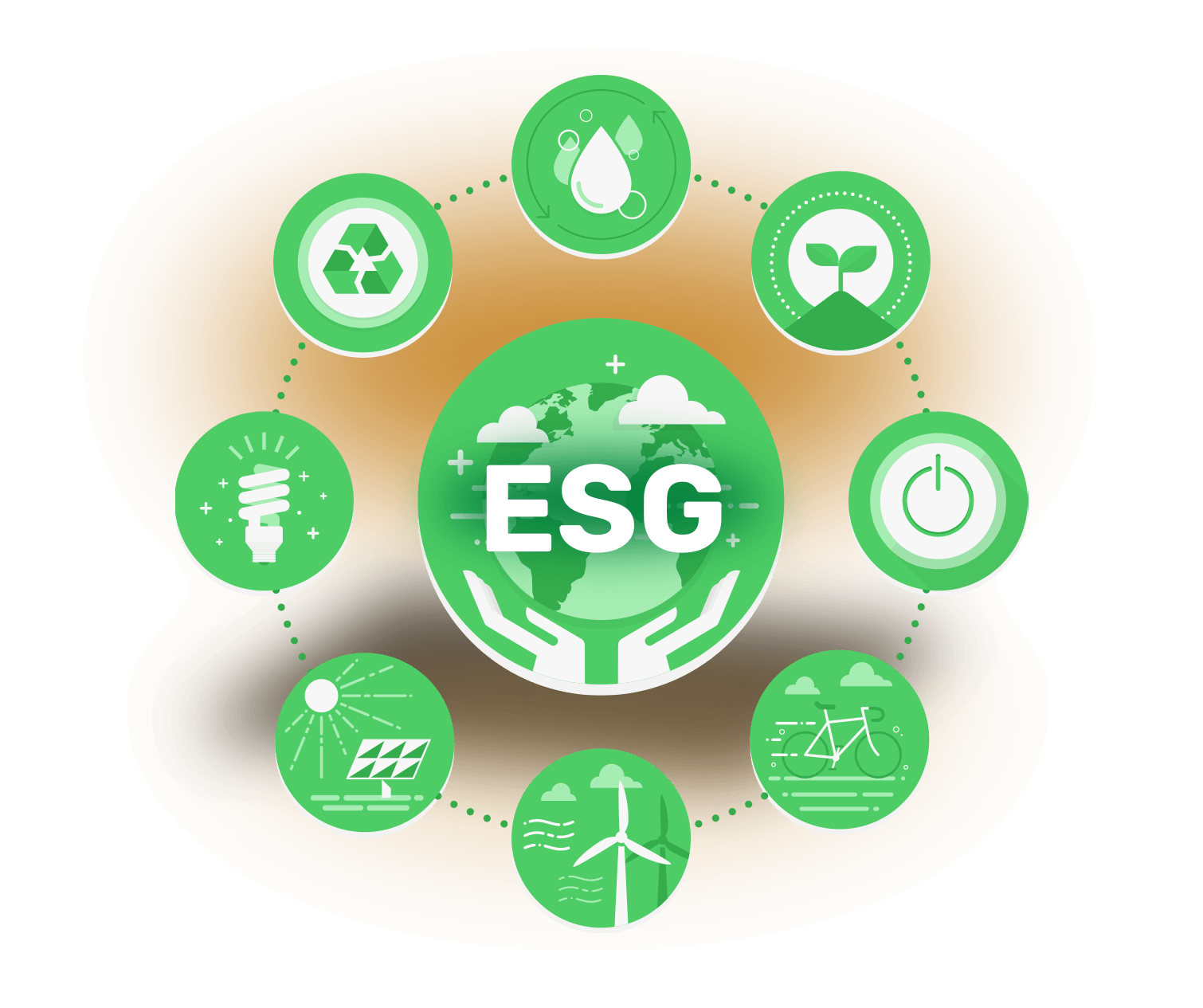The MyBusDirect system also protects the environment
One of the most important benefits is the significant reduction in environmental impact. All employees are transported from a central location to various workplaces using a single route. This results in a much lower — even minimal — emission of harmful substances compared to individual commuting or the use of multiple buses.
Environmental protection and promoting carbon neutrality were clear goals of the system’s development.
Of course, reducing the stress associated with public transport is also one of the core elements of the system.


The aim of the Energy Efficiency Obligation Scheme (EEOS) is to support energy users in reducing national energy consumption through energy efficiency investments, with the involvement of energy traders.
The energy savings achieved by users are verified and certified by accredited auditing organizations. These certified energy savings – referred to as Verified Energy Savings (VES) – become tradable assets, which can be sold to energy traders as rights of monetary value.
Through this mechanism, users can receive significant financial support to implement their energy efficiency investments.
ESG stands for Environmental, Social, and Governance.
Governments, investors, and financial regulators are placing increasing emphasis on the non-financial performance of companies. As a result, sustainability-related (ESG) reporting requirements are becoming more stringent.
ESG reporting is a key step in the ESG transformation process. It encourages and supports companies in setting sustainability goals, measuring their ESG performance, managing sustainability-related risks, and understanding how they create value for their environment and stakeholders.
The MyBus Direct system supports this data reporting principle—depending on company size—as a requirement, both on the obligated party and supplier side.


The purpose of the Energy Efficiency Obligation Scheme (EEOS) is to support energy users in reducing national energy consumption through the implementation of energy efficiency investments, with the involvement of energy traders.
The energy savings achieved by users are verified and certified by auditing organizations. These so-called Certified Energy Savings (CES) become tradable assets—rights of monetary value—that can be sold to energy traders.
Through this mechanism, users receive significant financial support to help implement their energy efficiency investments.



